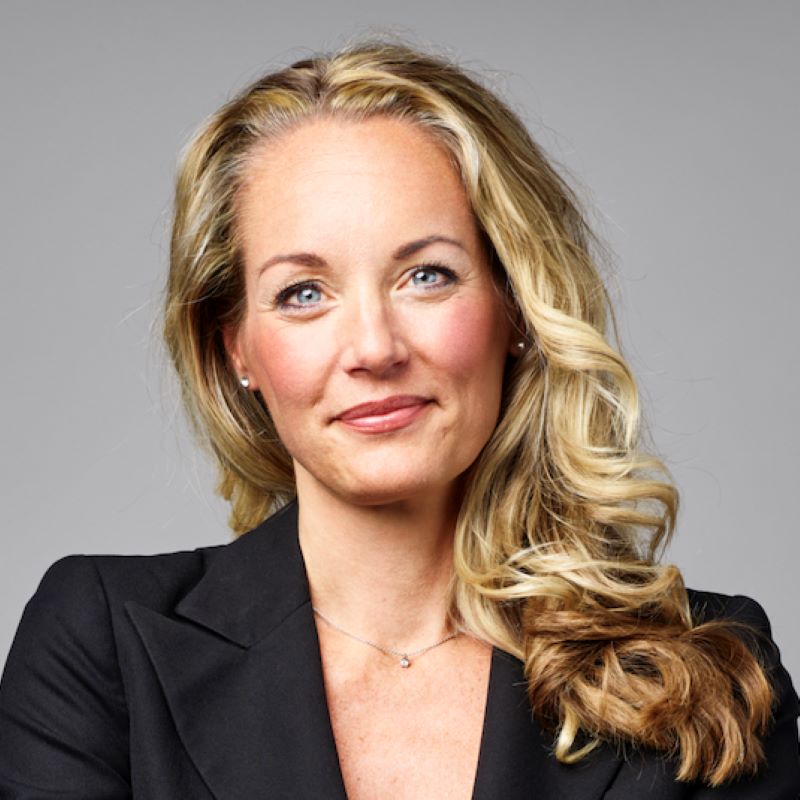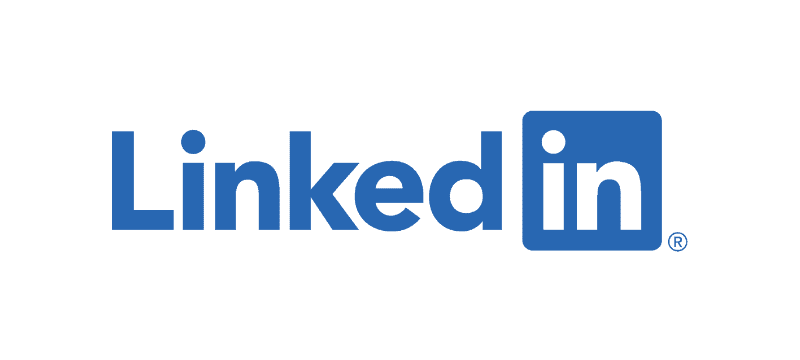LinkedIn: How the ‘great reshuffle’ has changed talent drivers for good
There is nobody in the world better placed than LinkedIn to figure out what people want from work. Especially at a time when employees are reconsidering where they work and why. And whilst employers desperately recalibrate their talent needs and company culture.


With over 770 million end-users and 16,000 employees of its own, LinkedIn’s data provides a unique window into the key changes in the world of work since COVID-19 hit last year. In this on-demand webinar, you’ll hear from LinkedIn as they reveal new 2021 research data that explores: What talent wants; What employers need; What’s being learned; Where it is happening.
Watch on-demand to discover:
- A look at the results of LinkedIn’s 2021 talent research
- The top priorities hiring organizations need to consider to attract and retain the best talent
- Changing demand around certain roles and where you’ll find the most competition right now
- What’s being learned, how and where via LinkedIn Learning data
- Geographical differences in the talent market with insights by region
The 3 big trends in the world of work:
“I think there are three things that are literally moving the entire way of how we look at talent and the world of work tomorrow,” Lisa Gunnarsson, Head of Learn & Engage for EMEA and LATAM at LinkedIn announced, opening the session. These trends that follow, are impacting not just organizations, but individuals, and creating a vast amount of change for business leaders to grapple and contend with, to come out on top.
LinkedIn report that over 45% of business leaders believe they’re communicating more than they were pre-pandemic and also, 69% of companies asked in the survey are now appreciating having a stronger relationship with their workforce than they had pre-pandemic. These changes, along with expectations and outlooks for the future, differing circumstances still at play as a result of this pandemic, and the three big trends outlined, are creating a melting pot of intensity on the shoulders of business and HR leaders. It’s no surprise, as Lisa shared with the audience, that Microsoft reported that 37% of companies are asking too much of their employees – resulting in burnout.
1. Exaggerated inequalities, with winners and losers
This is creating a lot of disruption in the entire world, and in the entire world of work.
The pandemic has left our financial markets in a situation that we didn’t expect, nor were we prepared for. There will be winners and losers as an outcome of the situation we’ve been in. Winners are those companies that “have management teams that understood the seriousness of the pandemic directly, who could take action and who were better formed to make decisions and take actions based on those decisions,” Lisa explained. She also discussed additional characteristics of success – those organizations that had strong cash flows and strong ownership, for example. But on the flipside, there have also been organizations, as she noted, that have suffered and lost tremendously. This dichotomy can also be seen at the individual level, people that have been well and healthy through the pandemic and them who have suffered greatly.
2. Diversity
It’s not a nice to have anymore, it’s a definite need to have.
Speaking about the second trend that LinkedIn thinks is shaping the world of work, Lisa commented, “Diversity has been on the top of everyone’s agenda, if not just for the sake of Human Rights, for the last 100, 200 years or so. But I think it’s come to a point of a sort of second revolution today.” She discussed her thoughts that this revolution was sparked in 2017, around the #MeToo movement. “With #MeToo, equality came to the table in a way it hadn’t done before, even if there had been a lot of talk about it before. It came into the real boardrooms and no organizations in the world could deny it.” Lisa spoke about how this attention was bolstered after the incident of George Flloyd in the US, intensifying the attention around DE&I and making it a fundamental barometer that is here to stay in our organizations.
3. Digitalization
The pandemic has been like a 25-year time machine for digitalization.
From video meetings to virtual events, through to “how the world has digitalized consumer behavior… [the pandemic has] literally switched how we use digital tools,” Lisa considered. As a result of this accelerated transformation, LinkedIn has witnessed organizations having to reskill and reorganize or restructure, as well as extensive hiring schemes for candidates with digital skills that will enable an organization to be who and where they want to be, “in order to be one of the winners in the new market conditions.”
The “Great Reshuffle”
As reported in Inc. recently, “Some 4.3 million people quit their jobs in August, which amounts to an astounding 3 percent of the U.S. labor force. Clearly, something new and noteworthy is going on with American workers in the wake of the pandemic.” In the article, LinkedIn CEO, Ryan Roslansky is said to not “cite work-from-home rules or contentious salary negotiations. Instead, he says employees “are rethinking not just how they work, but why they work and what they most want to do with their careers and lives.”
Mirroring this, Lisa considered with our audience that she believes there’s potentially a strong element of boredom weighing in on this reshuffle. She feels that individuals have had the time and space to think about their priorities, as well as look to areas in their lives they can make changes and create excitement for themselves, and she sees someone’s work as something that people have a lot of control over and something they feel empowered to change for themselves.
Lisa also discussed the shift in certain skills, like digital skills, being highly-sought after as a result of the transformations and change management processes taking place. This is allowing those in possession of these sort-after skills to take their pick of employer and to bask in the environment of being headhunted and wanted by many different companies.
Topline takeaways:
- 50%+ 18-25 year-olds, and 41% of the global workforce are considering quitting their jobs.
- People are rethinking how they choose an employer and candidates’ priorities are shifting.
- The attributes of flexible work arrangements (+12%), inclusivity for people of diverse backgrounds (+7%), and good work-life balance (+6%) have all increased in importance for candidates since the start of COVID-19.
- Employees at remote-friendly companies are 32% more likely to struggle with work-life balance.
- Burnout signals spiked by 9% and employee happiness fell by 3%.
- 50% of all employees will need reskilling by 2025 and 85% of the jobs that will exist in 2030 have not been invented yet.
- The need for skill-building is accelerating, and markedly resilience and digital fluency are most important.
- The top 5 skills companies are looking for this year include, creativity, persuasion, collaboration, emotional intelligence, digital fluency and resilience.
If you’d like to hear more about LinkedIn’s data on what talent wants, what employers need, and what has been learnt due to the “Great Reshuffle”, please watch the webinar on-demand now, or check out the report, “Talent Market Drivers since the start of COVID-19” for yourself, here.
